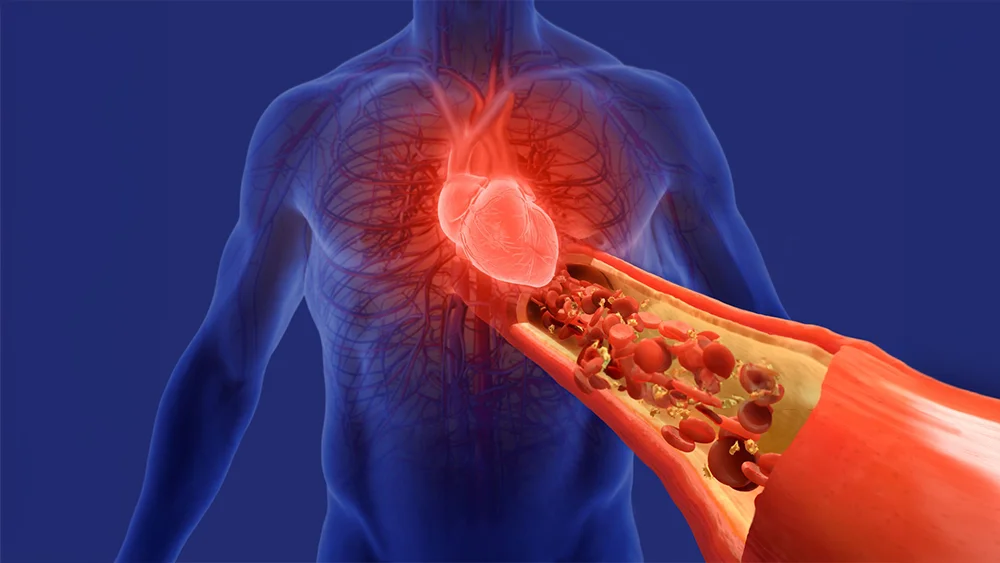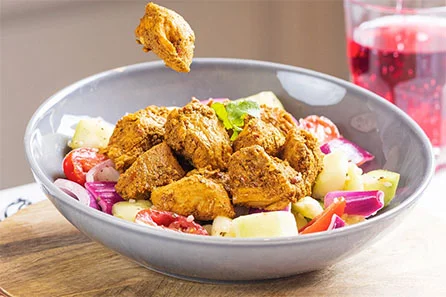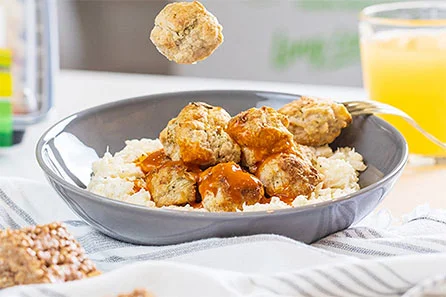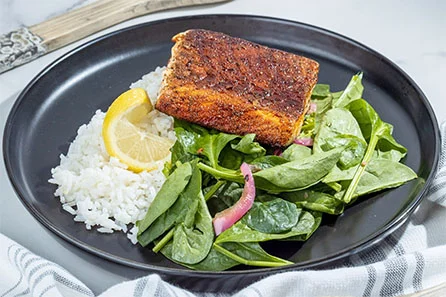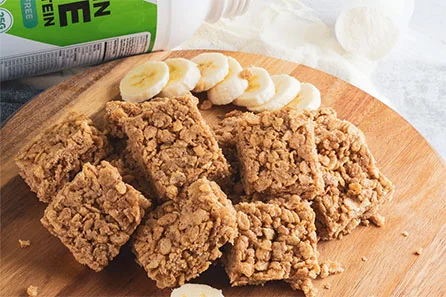Navigating the complexities of high blood pressure can be daunting. This guide aims to provide a clear understanding and practical tips for managing blood pressure effectively. Whether you're a fitness enthusiast, nutrition lover, or someone keen on controlling high blood pressure, this post is for you.
Understanding Blood Pressure Basics
Blood pressure is the force exerted by circulating blood on the walls of blood vessels. It's crucial for delivering oxygen and nutrients throughout your body. However, when pressure becomes consistently high, it poses serious health risks such as heart disease and stroke. Known as hypertension, high blood pressure is often dubbed the "silent killer" due to its subtle symptoms. Recognizing and managing high blood pressure is vital for maintaining overall health.
Blood Pressure Chart Overview
To manage blood pressure effectively, understanding the ranges is essential. The following chart outlines the normal, elevated, and high blood pressure stages:
Blood Pressure Category | Systolic (mmHg) | Diastolic (mmHg) |
Normal | Less than 120 | Less than 80 |
Elevated | 120-129 | Less than 80 |
Stage 1 Hypertension | 130-139 | 80-89 |
Stage 2 Hypertension | 140 or higher | 90 or higher |
- Normal: Systolic less than 120 mmHg and Diastolic less than 80 mmHg.
- Elevated: Systolic between 120-129 mmHg and Diastolic less than 80 mmHg.
- Stage 1 Hypertension: Systolic between 130-139 mmHg or Diastolic between 80-89 mmHg.
- Stage 2 Hypertension: Systolic 140 mmHg or higher or Diastolic 90 mmHg or higher.
Understanding these readings can help you gauge when to seek medical advice and how to adjust your lifestyle accordingly.
Monitoring Blood Pressure at Home
Regular monitoring is key to managing hypertension. Home blood pressure monitors offer an accurate and convenient way to track your readings. Follow these tips for the best results:
- Choose the Right Monitor: Opt for a digital monitor with an arm cuff for accuracy.
- Measure at the Same Time Daily: Consistency provides reliable data.
- Sit Correctly: Keep your back supported, feet flat on the floor, and arm at heart level.
By consistently monitoring, you can detect patterns and make informed health decisions.
Recognizing Low Blood Pressure Symptoms
While high blood pressure garners much attention, low blood pressure (hypotension) is also significant. Symptoms may include dizziness, fainting, blurred vision, and confusion. Unlike hypertension, low blood pressure can arise from dehydration, prolonged bed rest, or underlying health issues. If you experience these symptoms, consult with a healthcare provider for proper evaluation.
Exploring Blood Pressure Ranges
The following chart summarises the blood pressure categories, providing a clear framework for understanding cardiovascular health and the associated health implications:
Blood Pressure Category | Systolic (mmHg) | Diastolic (mmHg) | Health Implications | ||
Optimal | Less than 120 | Less than 80 | Indicates good cardiovascular health and low risk. | ||
Normal | 120-129 | Less than 80 | Generally healthy but warrants occasional monitoring. | ||
Stage 1 Hypertension | 130-139 | 80-89 | Increased risk of health complications, requiring lifestyle adjustments. | ||
Stage 2 Hypertension | 140 or higher | 90 or higher | Higher risk of serious health issues, often necessitating medication. | ||
Grasping these categories aids in proactive health management and informed discussions with healthcare professionals.
Blood pressure categories provide a framework for understanding cardiovascular health. Each range represents different health implications:
- Optimal: Indicates good cardiovascular health and low risk.
- Normal: Generally healthy but warrants occasional monitoring.
- Hypertension Stages 1 and 2: Increased risk of health complications, requiring lifestyle adjustments and possibly medication.
Managing High Blood Pressure Effectively
Effective management blends lifestyle changes and informed choices. Key strategies include:
- Adopt a Balanced Diet: Prioritize fruits, vegetables, and whole grains. The DASH diet is particularly beneficial for reducing blood pressure.
- Exercise Regularly: Aim for at least 30 minutes of moderate exercise most days.
- Limit Alcohol and Sodium: Reduce intake to prevent blood pressure spikes.
These steps not only lower blood pressure but also contribute to overall well-being.
Navigating High Blood Pressure Medication
Medications are often essential for managing hypertension. Common classes include ACE inhibitors, beta-blockers, and diuretics. It's crucial to understand their uses and potential side effects, such as dizziness or fatigue. Always consult a healthcare provider before starting or adjusting medication to ensure safe and effective treatment.
Unpacking High Blood Pressure vs. Hypertension
The terms "high blood pressure" and "hypertension" are often used interchangeably, yet they convey distinct meanings. High blood pressure refers to the actual measurement, while hypertension is the diagnosis of chronic high readings. Understanding this distinction clarifies medical discussions and empowers you to engage effectively with healthcare providers.
Spotting High Blood Pressure Symptoms
High blood pressure symptoms can be subtle but are essential to recognize. Common signs include headaches, shortness of breath, and nosebleeds. However, these symptoms may not appear until blood pressure reaches dangerously high levels, underscoring the importance of routine monitoring and medical check-ups.
Considering Over-the-Counter Solutions
While prescription medications are standard for treating hypertension, some over-the-counter options exist. Supplements like potassium and magnesium can help lower blood pressure, but they come with risks if taken improperly. Consult a healthcare provider before trying OTC solutions to ensure they complement your existing treatment plan.
Crafting a High Blood Pressure Diet
A well-structured diet is a powerful tool against hypertension. Focus on:
- Rich Vegetables and Fruits: High in fiber and low in sodium.
- Lean Proteins: Opt for fish, poultry, and legumes.
- Whole Grains: Brown rice and whole-wheat pasta offer essential nutrients.
Incorporate these elements into your meal planning for improved blood pressure control.
High Blood Pressure Treatment Approaches
Treatment isn't one-size-fits-all. A combination of lifestyle changes, medication, and supportive therapies is often necessary. Discuss with your healthcare provider to tailor a plan that aligns with your health goals and preferences. Complementary therapies like yoga and meditation can also support blood pressure management.
Personalized Meal Plans with ProMeals
Navigating dietary choices is essential for blood pressure management. ProMeals offers tailored meal plans that cater to hypertension needs, ensuring balanced nutrition without the hassle. Our expert-curated selections provide convenience and peace of mind for those committed to health improvement.
The Convenience of Meal Delivery Services
Managing high blood pressure is easier with meal delivery services. ProMeals delivers nutritionally balanced dishes right to your door, saving time and ensuring dietary compliance. Explore our offerings and discover how effortless healthy eating can be.
Conclusion
Understanding and managing high blood pressure is a lifelong commitment, but it's entirely achievable with the right tools and knowledge. Incorporate regular monitoring, balanced nutrition, and medical guidance into your routine for optimal health. Explore ProMeals' tailored solutions and take charge of your blood pressure management today.


